Lions Field Park property the heart of Charles City for 150 years
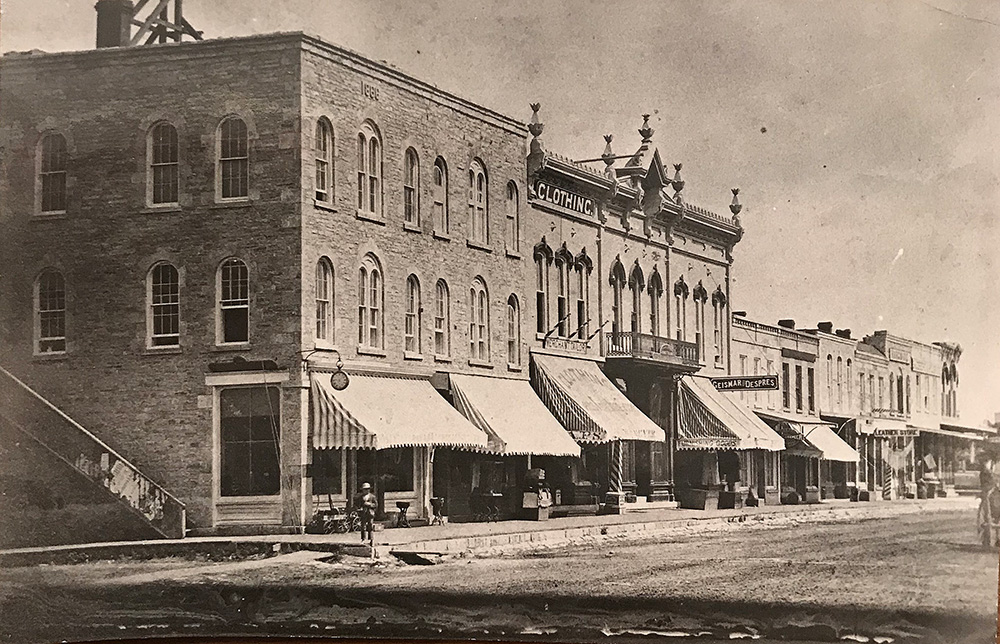
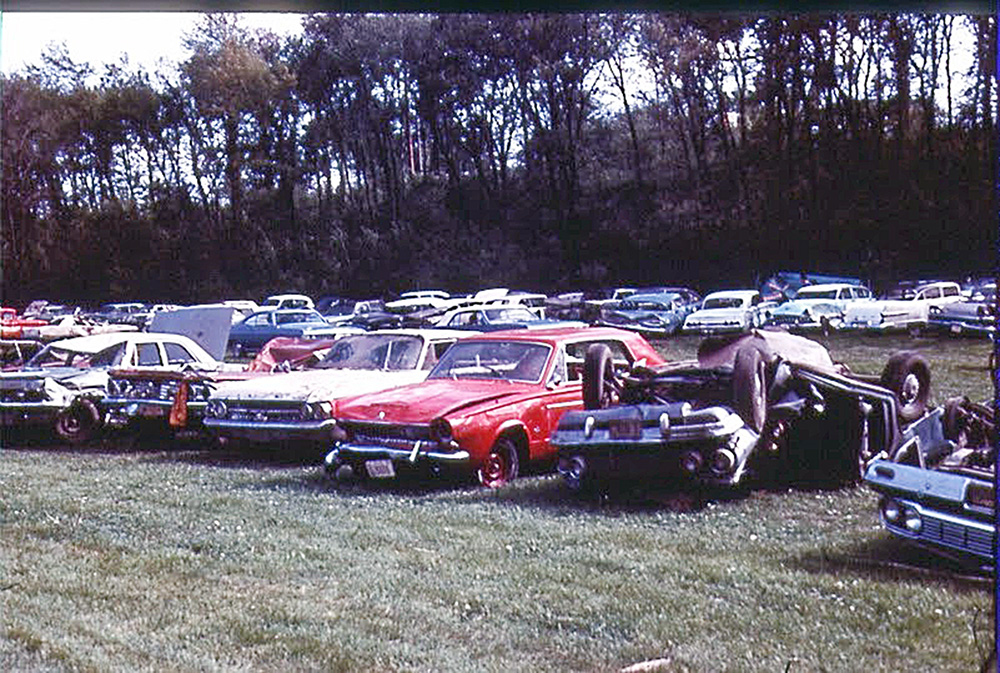
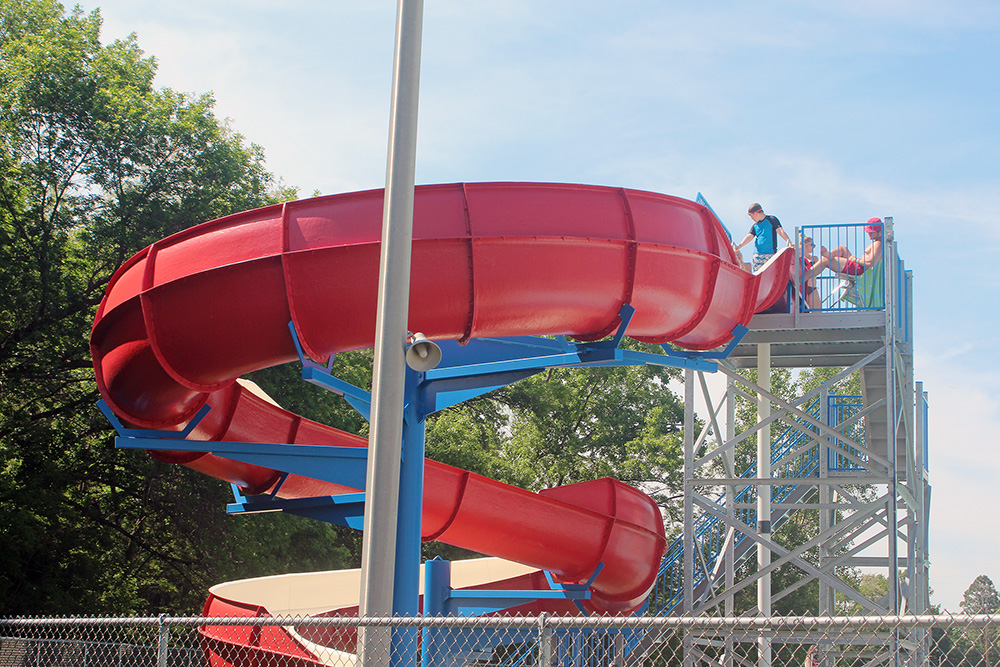
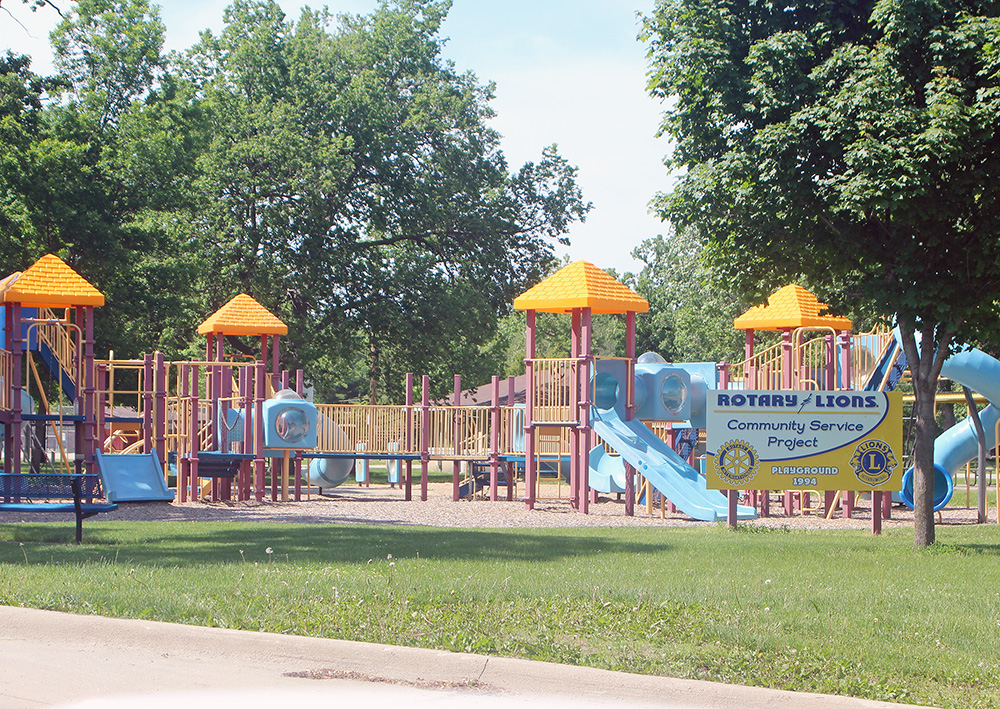
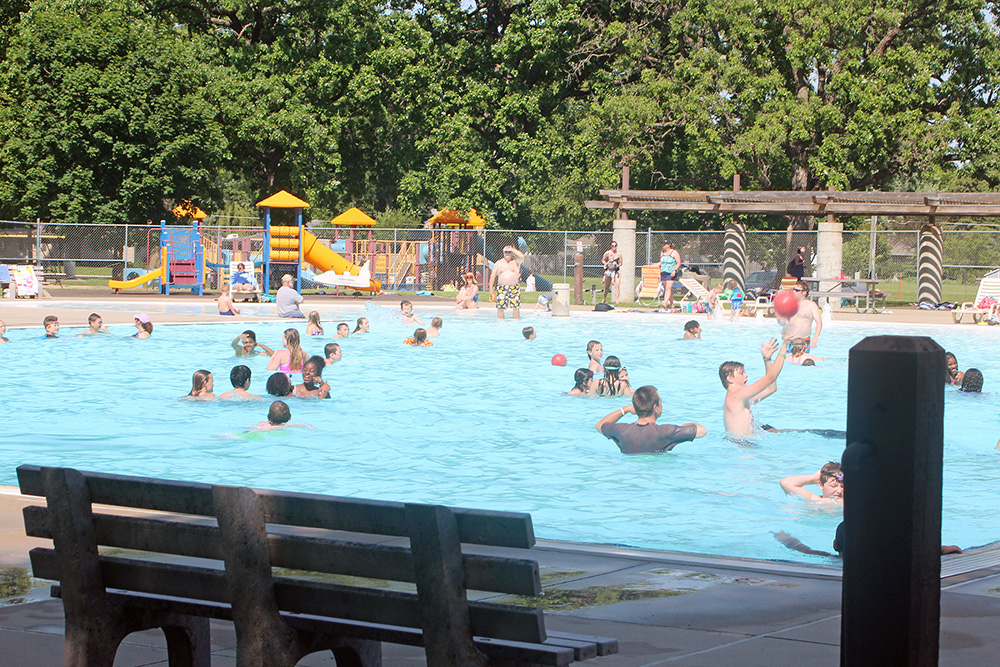
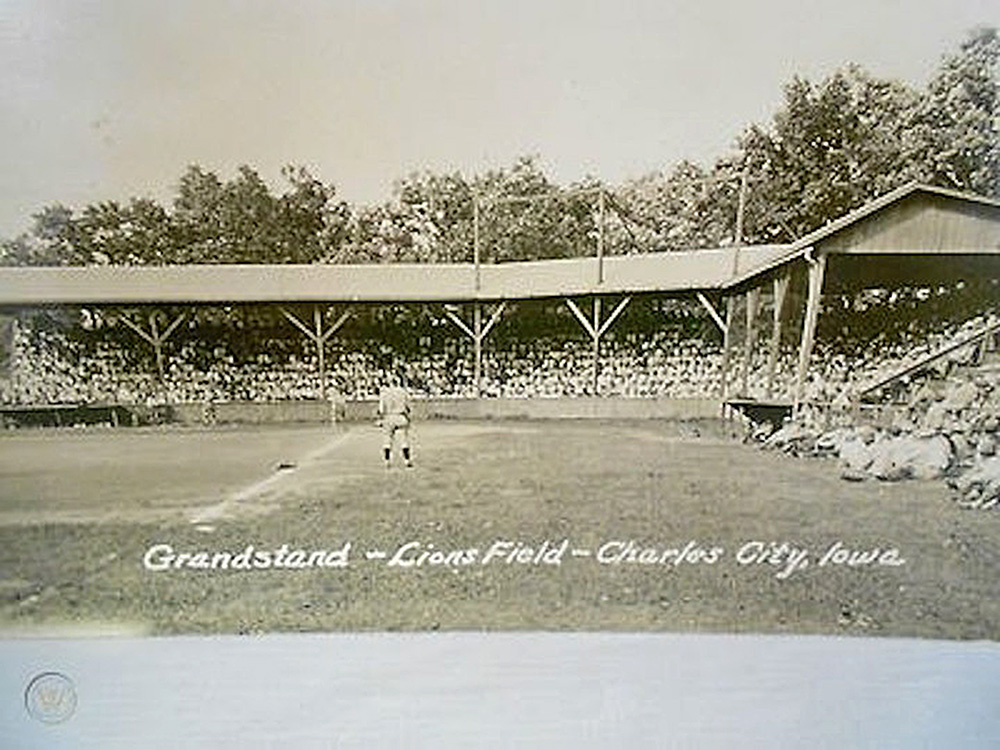
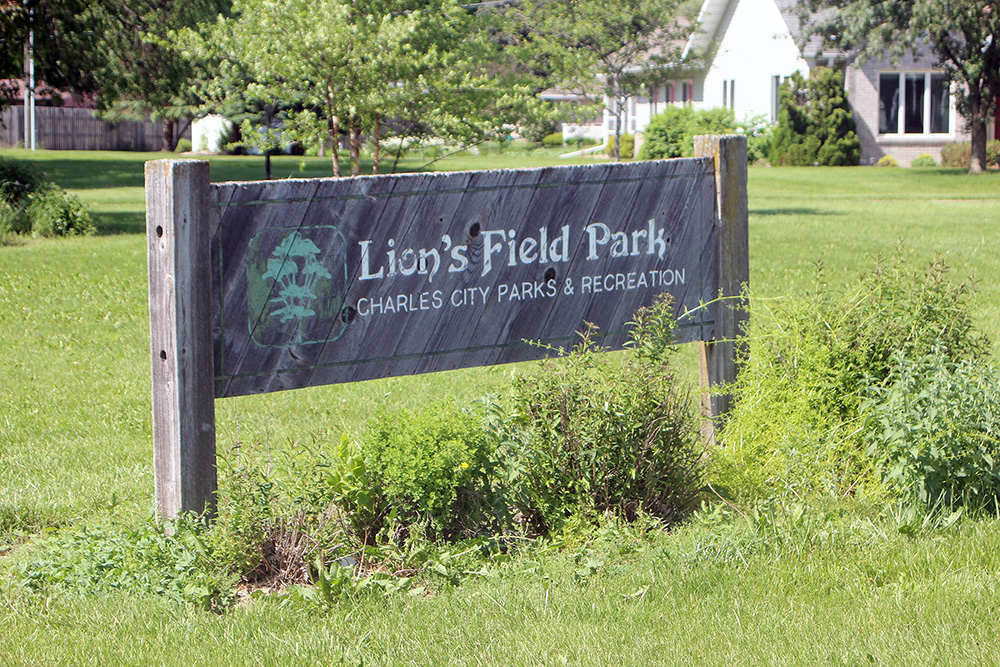
By James Grob, jgrob@charlescitypress.com
The history of Charles City is tightly tied to the history of Lions Field Park.
The 26-acre area has essentially been the heart of the community for nearly 150 years.
“When you actually think about it, the history of Charles City starts at the beginning of time,” said Mary Ann Townsend, former director at the Floyd County Historical Museum.
Townsend is referring to the limestone deposits that formed under an ancient sea some 400 million years ago, because the site of Lions Field was originally a stone quarry, and those stones were used to build the community, starting in about 1870.
“Before 1870, we didn’t have a strong enough bridge in town to get the stones across,” said Jeff Sisson, local historian and member of the Floyd County Historic Preservation Committee. “The stone that they took from Lions Field, they would take by raft.”
Sisson said the stone from Lions Field, which was used as building blocks for many of the larger buildings in town, was yellower than the stones in other nearby quarries. The stone was rafted downstream to the mill and then hauled to the construction location where the masons would craft it.
The stone buildings that made up downtown Charles City stood for nearly 100 years — until the 1968 tornado damaged most of them beyond repair.
“Before the 1968 tornado, we had stone buildings everywhere in Charles City, and the bigger buildings were from stones from what became Lions Field,” Sisson said.
That 19th century quarry that provided the building blocks for the community is now the land that makes up Charles City’s Lions Field Park.
Facilities at the park include a municipal swimming pool with zero depth entry, a water slide, a playground, deck level, and one-meter diving boards. The park also has two picnic shelters, a restroom building, a playground, two baseball fields and a sand volleyball court.
The history of of the property between 1870 and today is all but forgotten. The month of May was Historic Preservation Month, and early in May the Charles City Lions Club celebrated 100 years of service in the community. For almost 50 of those years, the Lions managed and developed the property.
The Floyd County Historic Preservation Commission decided this year that the Lions Field story is one that needs to be told.
“So many things have happened here,” said Phoebe Pittman, Charles City Council member and also a member of the commission. “There’s so much history to Lions Field that the public isn’t aware of.”
“A lot of people have lived here for years and have no clue of the history,” added Sisson.
Sisson said that historically, there are four phases to the park. First was the 26-acre stone quarry. Second, it was the original community fairgrounds, which included a horse track and baseball diamond. Then the Lions Club bought it, and built more ball diamonds, a football field, a swimming pool, playground equipment and much more. In 1970 the Lions sold the property to the city for $1, with the stipulation that it keep the Lions Field name.
Charles City’s original fairgrounds
Sisson said that the one reminder of the original fairgrounds, which were privately owned, is in the curve of the road when one drives past the playground equipment in the park. That curve was actually the first curve in the horse racing track, the heart of the fairgrounds in the early 20th century. Horse races were held regularly at the site.
The original suspension bridge that crosses the Cedar River was built to give people quicker and easier access to the fairgrounds. Events known as “chautauquas” — essentially religious revivals — were very popular at the time.
The chautauquas were about two weeks long, usually, and were educational and religious. People came from New York and set up chautauquas at the fairgrounds, and they would perform skits, have live orchestras, preachers and other forms of entertainment. Crowds in rural communities would flock to the events.
Chautauqua was an adult education and social movement in the United States, highly popular in the late 19th and early 20th centuries. Assemblies expanded and spread throughout rural America until the mid-1920s, and would bring entertainment and culture to the community, with speakers, teachers, musicians, showmen, preachers and specialists of the day.
Lions Club purchases property
In September of 1925, the local Lions Club — against the wishes of Lions International — bought the property at a cost of $20,000. The international Lions Club said that it thought the Charles City Club was too new and not ready to make such a purchase. The local Lions proved them wrong, and to date, the Lions Field acquisition is one of the club’s most ambitious and successful endeavors.
The land for Lions Field was acquired in March of 1926 from Warren E. Waller. Soon after the purchase was made, the area was renamed Lion Field. The plural “Lions Field” developed over time.
The Waller family financed the purchase of the property. The Charles City Lions Club promised to pay off the debt in 20 years at $1,000 per year plus 6% interest. The family allowed the club to pay interest only for one year in the 1930s as a result of the hard financial times during the Great Depression. The total listed expenses for Lions Field was $40,000 over the next 36 years.
Immediate improvements included the tearing down of an old board fence, which was replaced with a fence of woven wire and steel posts. The money for the new fence was raised by selling the planks of the old board fence.
In 1926, the Lions developed the land along the river for cottages. The lots of land were leased to prospective cottage builders for $25 per year. In 1945, the cottages were sold to the cottage owners for $7,500 each. Most of the cottages were then winterized and livable year round, and today are homes.
A new pavilion called “Breezy Point” was built on the site in 1927, which included a large maple floor and what were modern lighting fixtures at the time. The committee for the swimming pool was established in 1928, and in May of 1949, the pool was opened and dedicated.
A football field was built on the site in 1931, and the Charles City High School football team used it for many years. The field was lighted in 1934, and grandstands were added in 1935, with space for dressing rooms, restrooms and concession stands. More bleachers were added later, and the stadium had a capacity of 4,000. The first high school game was played there on Sept. 27, 1935, when Charles City defeated Decorah, 13-7.
A new baseball diamond was added in 1936, and the baseball field was used by teams from several area communities. Permanent bleachers were added in 1949. The diamond was one of the first lighted diamonds in the state. Also in 1936, the field hosted a two-day rodeo.
In 1947, the Lions purchased swings and slides for the area, at a cost of $520, and established a playground and picnic area at Lions Field. A shelter house and restrooms were added. Four tennis courts were also constructed at Lions Field in 1947.
After the 1968 tornado, Lions Field was used to store hundreds of cars and other automobiles damaged by the storm.
In addition to all of the capital project improvements, the Lions Club was obligated to do all the mowing and maintenance of the grounds and property.
Finally in the early 1970s, Lions Field was sold to the city for one dollar, with the stipulation the property would retain the Lions Field name. Some 50 years later, the former stone quarry and community fairgrounds stands as one of the city’s most popular parks.

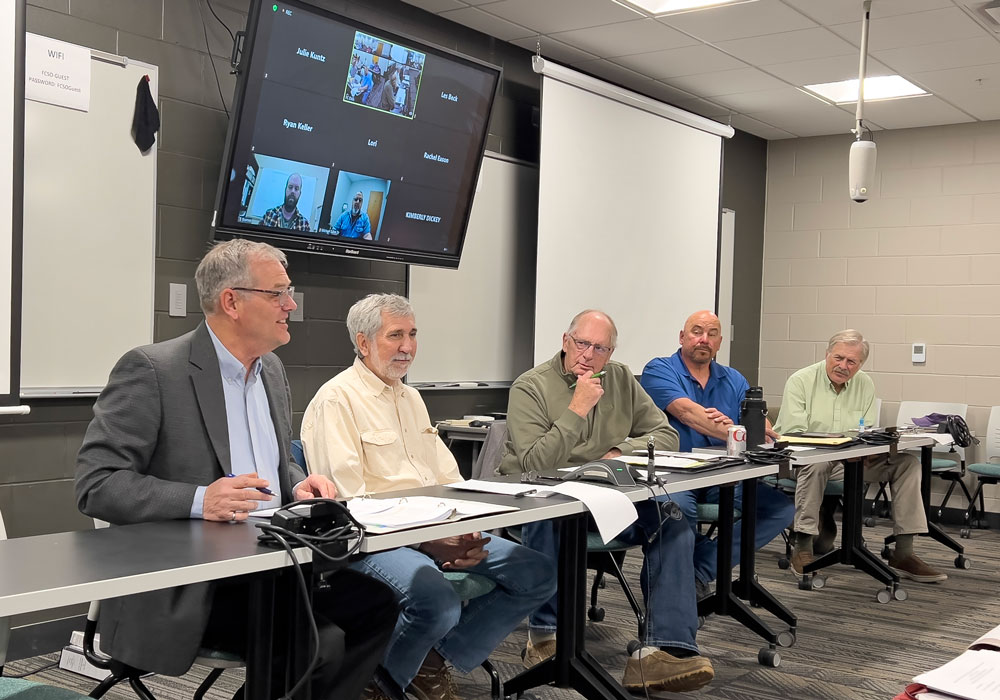
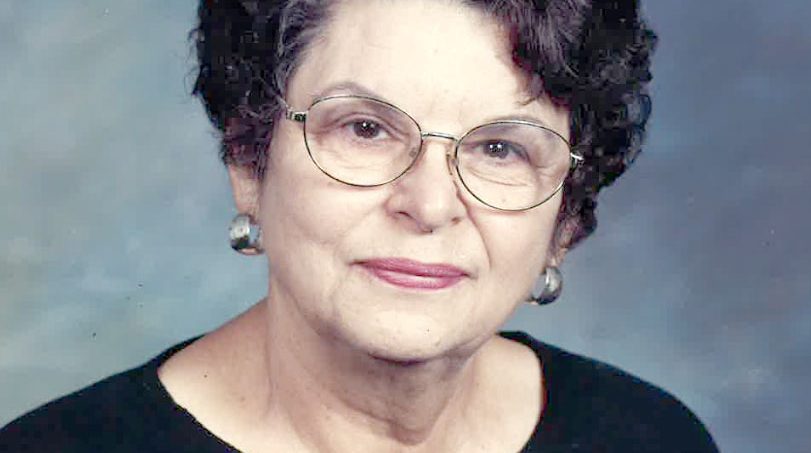
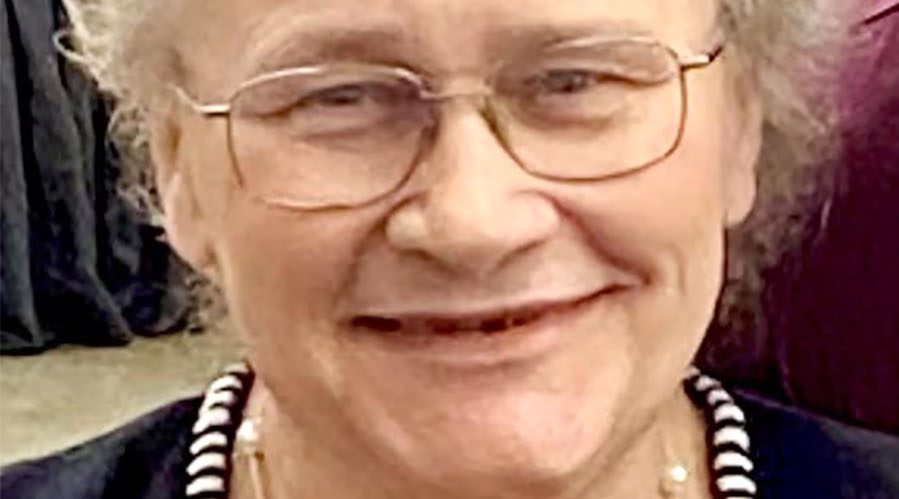
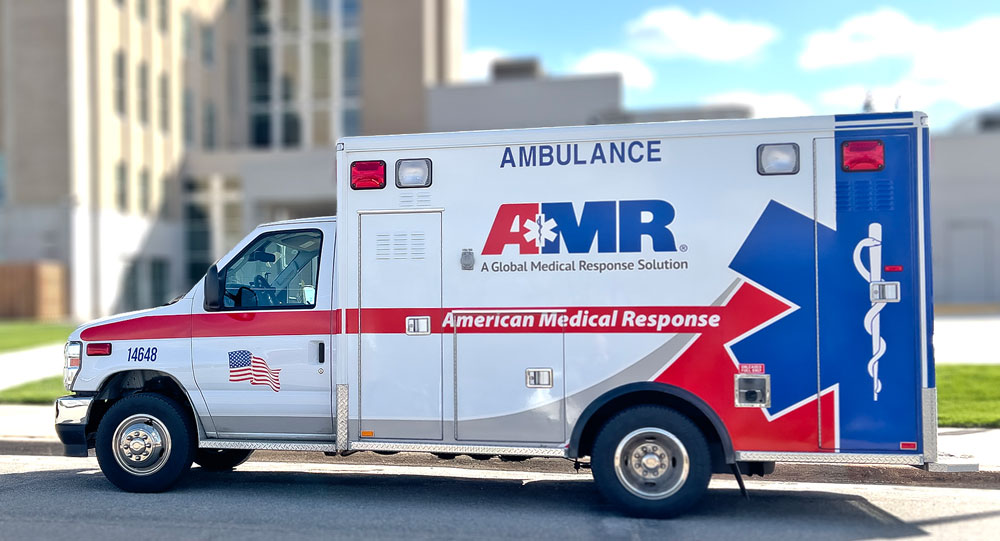
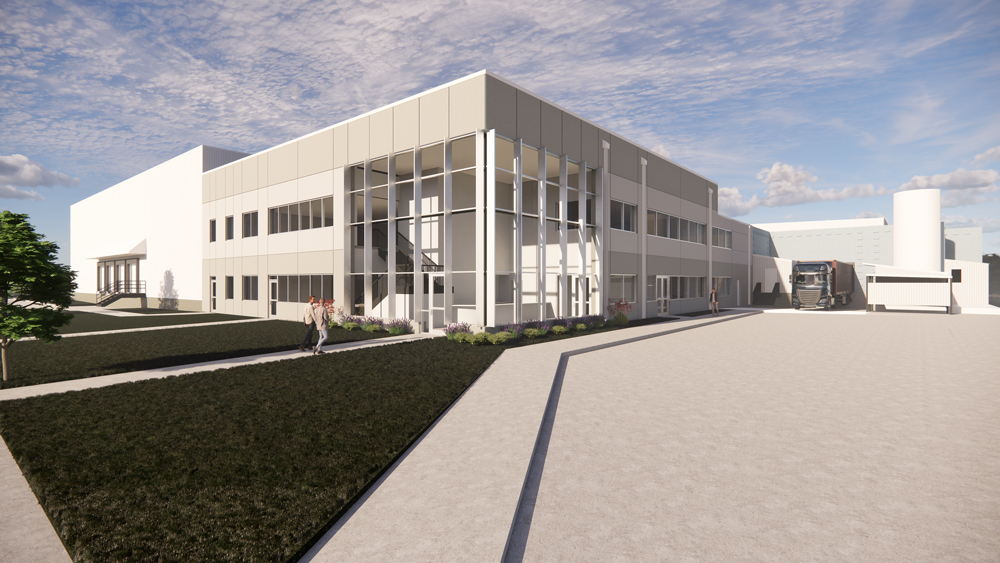
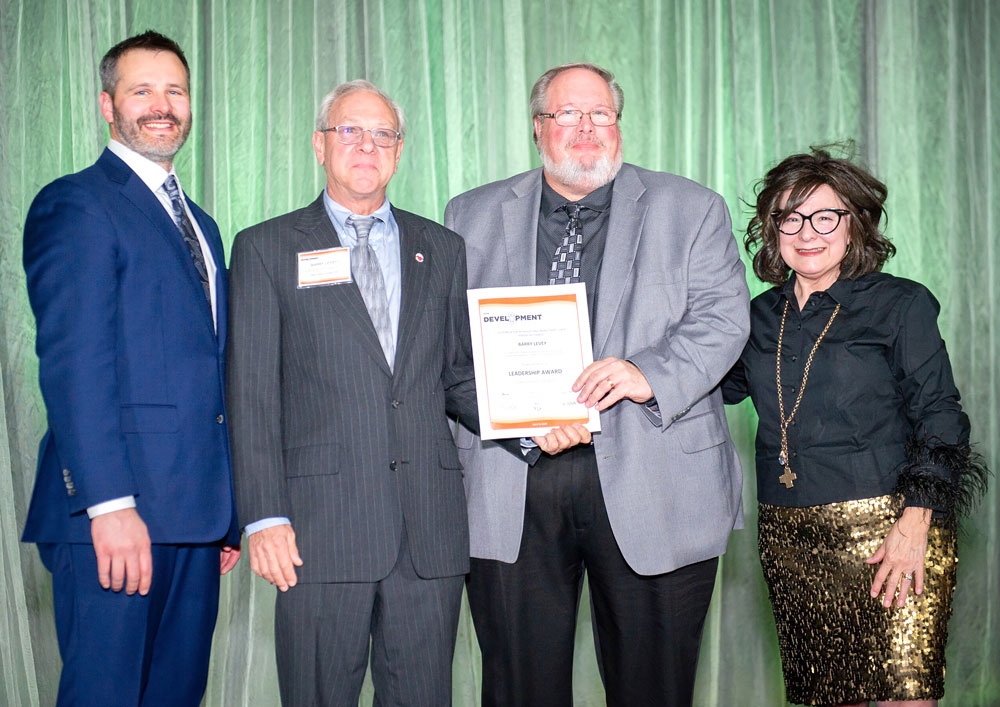


Social Share